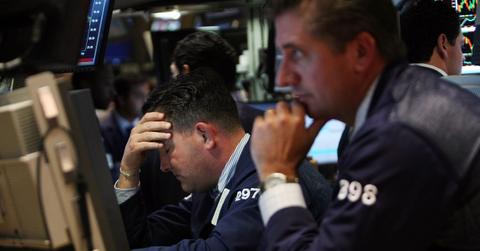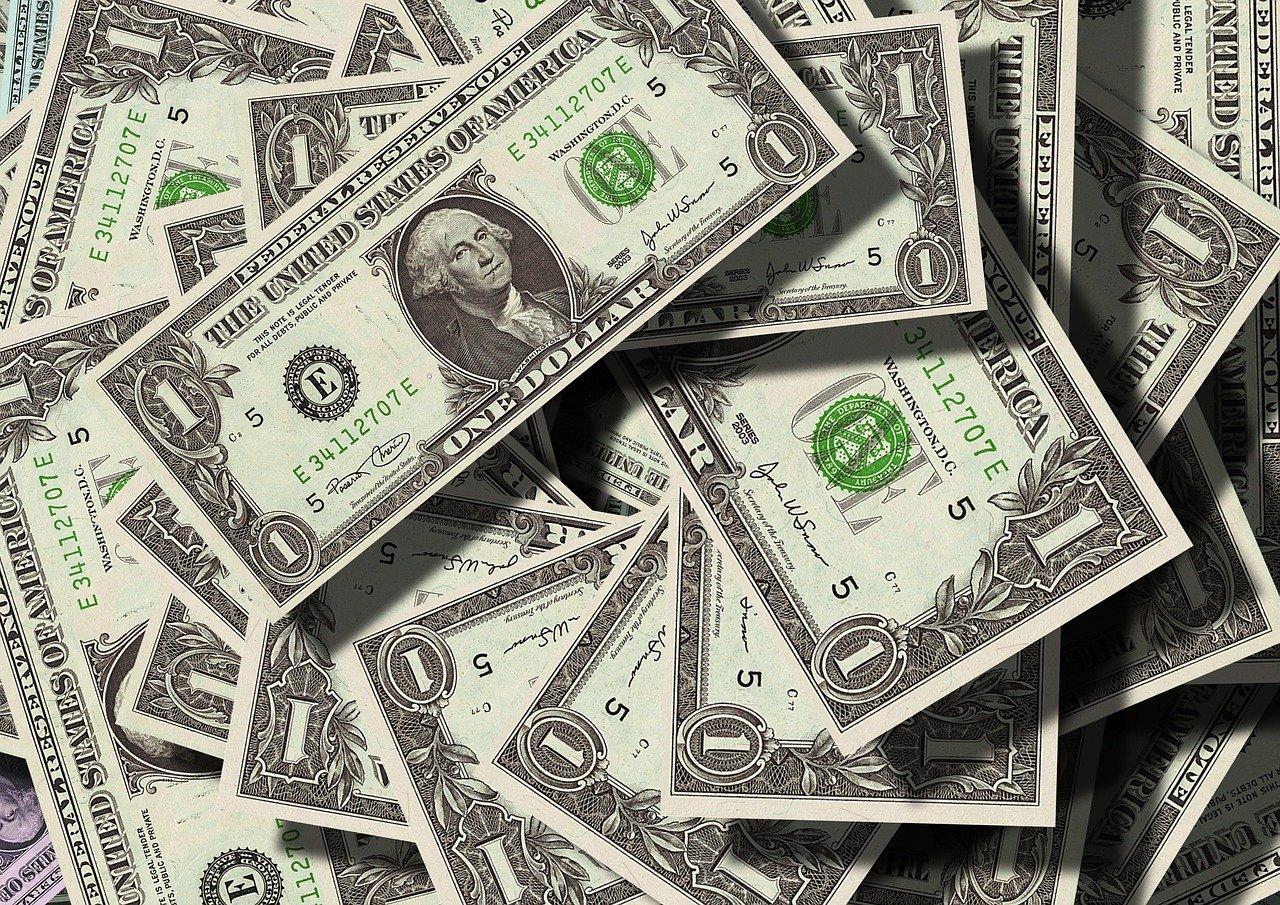Why a U.S. Recession Isn't Imminent in 2022 — Economic Indicators
Economists are raising the odds of a recession. Is a U.S. recession coming in 2022 and what are the best investments during a recession?
March 28 2022, Published 11:43 a.m. ET
Recession fears have increased over the last month after Russia invaded Ukraine. The inversion in the yield curve has only compounded recession fears. Is a U.S. recession coming in 2022 and what are the best investments in a recessionary environment?
The most recent U.S. recession was in 2020 when the COVID-19 pandemic ended the historic 11-year economic expansion and bull market. However, the economic slowdown and bear market were both short-lived. The generous stimulus and accommodative monetary policy ensured a quick recovery in U.S. stocks as well as the economy. It was a perfect V-shaped recovery for the U.S. economy and it grew 5.7 percent in 2021.
What’s the probability of a recession in 2022?
David Rosenberg, a famed economist who predicted the 2020 recession, believes that there's a 75 percent probability of a recession in the U.S. in 2022. Anthony Chan, a former Chase chief economist, put the probability of a 2022 recession in the U.S. at 40 percent.
A CNBC Fed survey conducted on Feb. 1 put the odds of a 2022 U.S. recession at 33 percent. However, the survey was conducted before Russia invaded Ukraine.
Goldman Sachs thinks that there's an almost 35 percent probability of a recession in 2023. Carl Icahn believes that the U.S. economy could slip into a recession or something even worse in 2022.
What's leading to recession fears in the U.S.?
Several factors are adding to recession fears in the U.S. On one hand, we have slowing growth, and economists have been slashing their 2022 growth forecasts for the U.S. economy. Then we have spiraling inflation which hasn't shown signs of abating but has instead been gradually rising.
After admitting that inflation wasn’t “transitory” as it envisioned, the Fed has started to raise rates and is expected to raise rates as many as six more times in 2022 to tame higher prices. Rising food and energy prices mean that the average consumer has less money to spend on other discretionary goods. Add the geopolitical uncertainty and we have a perfect recipe for a U.S. recession in 2022.
The U.S. yield curve has inverted.
The U.S. yield curve has inverted with the five-year yield rising above the 30-year yield. Yield curve inversion happens when long-term interest rates fall below short-term interest rates. Usually, we use the 10-year yield as a proxy for long-term yields.
The U.S. yield curve has been giving mixed signals. While the spreads between the 10-year and two-year Treasury notes have flattened, those between three-month bills and 10-year notes have widened.
A U.S. recession in 2022 isn't imminent yet.
Also, the U.S. job market has been incredibly strong and has been grappling with a worker shortage instead of a shortage of jobs. Morgan Stanley sees recession warnings as alarmist and believes that the U.S. economic outlook is better than the consensus forecast.
Treasury Secretary Janet Yellen has also ruled out a recession. Overall, a 2022 recession isn't imminent yet looking at the different economic indicators.
Where should you invest in a recessionary environment?
In a recessionary environment, cash can be your best friend along with defensive stocks. Companies that produce daily use goods also fare well in a recession because the demand for their products largely stays intact even in a recession. Precious metals like gold can also be a safe-haven investment during a recession.



